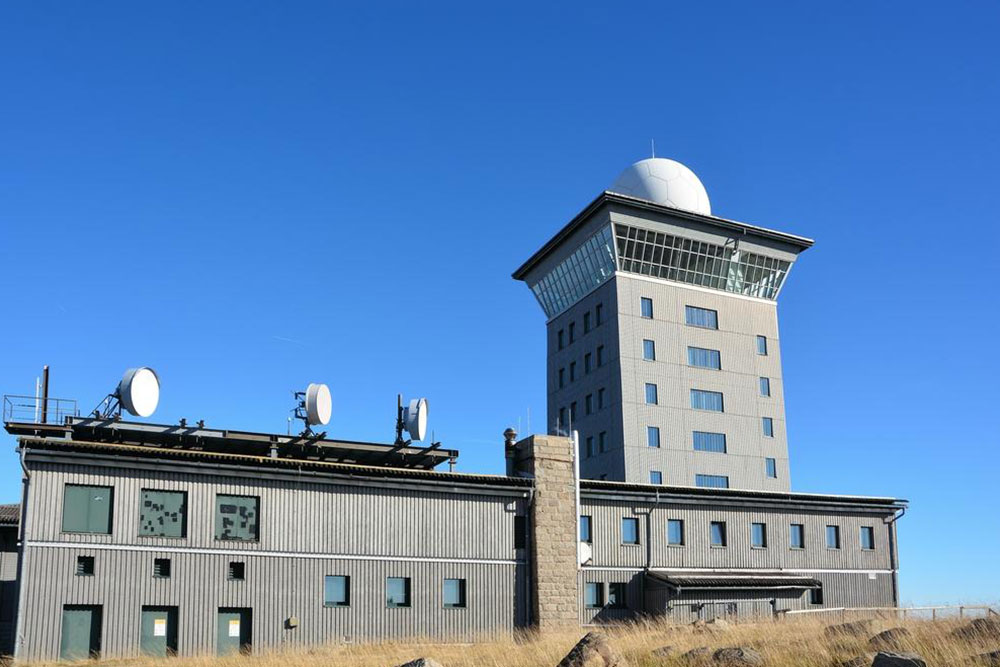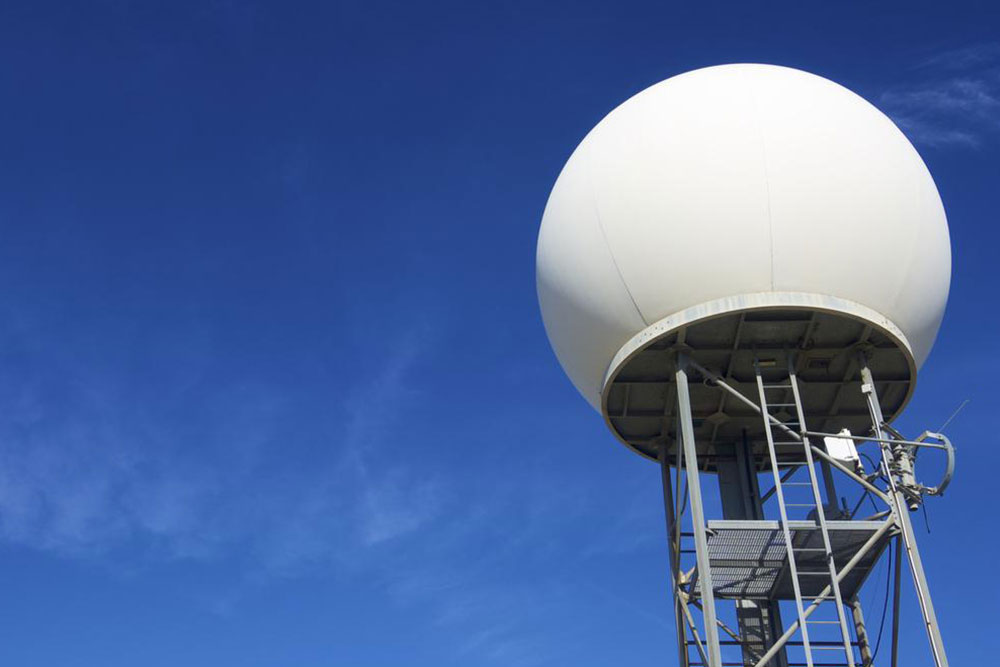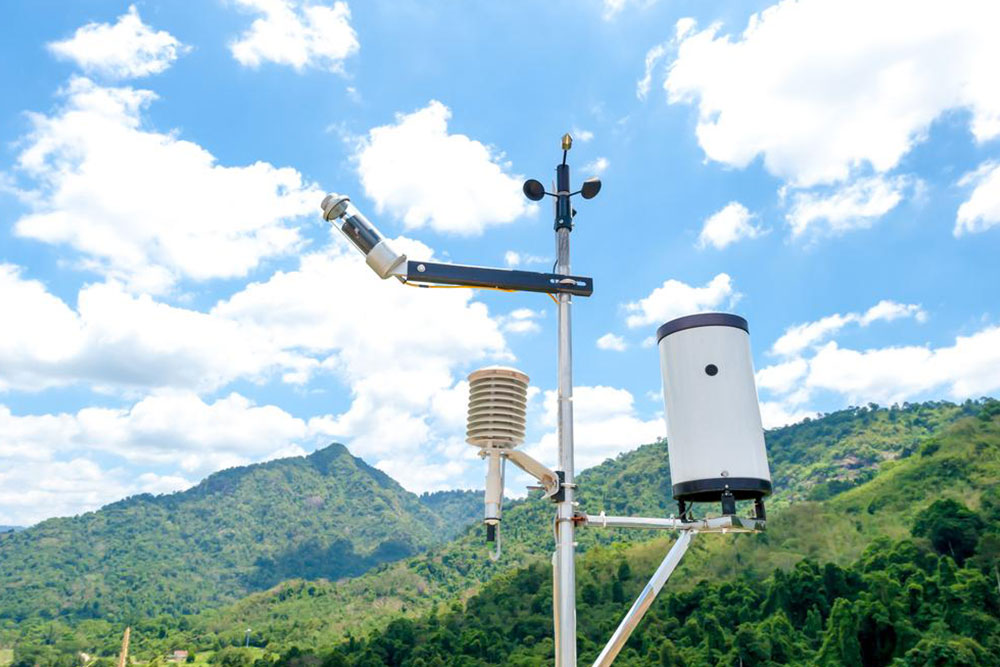Comprehensive Overview of Automated Weather Stations and Their Impact on Meteorology
Automated weather stations (AWS) have transformed meteorology by providing real-time climate data through remote sensing and wireless communication technologies. These stations, equipped with advanced sensors and solar-powered setups, enable accurate weather monitoring critical for forecasting, environmental research, and disaster preparedness. Deployments range from large-scale regional networks to personal weather stations, both serving educational and practical purposes. Their strategic placement and cutting-edge integrations improve data accuracy, facilitate early weather warnings, and support environmental sustainability. As technology progresses, AWS continues to revolutionize climate data collection and analysis across industries.

Automated Weather Stations: Revolutionizing Climate Data Collection
Traditionally, collecting weather data involved manual processes that were often labor-intensive, time-consuming, and prone to human error. For vast regions such as states, entire countries, or remote areas, this method posed significant logistical challenges, limiting the frequency and accuracy of weather monitoring. To overcome these hurdles, the development of Automated Weather Stations (AWS) has marked a significant leap forward in meteorological technology. These sophisticated systems have transformed how we gather, analyze, and utilize climate data, offering real-time insights crucial for weather forecasting, disaster preparedness, and environmental monitoring.
Automated Meteorological Stations (AMS) are designed to operate independently with minimal human intervention. They are equipped with a variety of sensors to measure parameters such as temperature, humidity, wind speed and direction, atmospheric pressure, and precipitation. The core advantage of these stations lies in their ability to transmit data remotely, utilizing cutting-edge wireless communication technologies. This includes GSM and mobile network modules, satellite links, and even specialized systems like the Argos satellite system or GPS-based communication methods, ensuring seamless data transfer regardless of geographic location.
Placement of these stations is strategically vital to maximize data accuracy and energy efficiency. Typically mounted on poles or masts in open areas away from obstructions, they often incorporate solar panels combined with rechargeable batteries. During daylight hours, these solar panels harness solar energy to power the sensors and communication equipment, ensuring sustainable operation in remote locations without reliance on external power sources. Proper positioning, considering factors like shading and local climate, enhances energy production, thus maintaining station functionality over extended periods.
Advancements in hardware and software have drastically improved the capabilities of automated weather stations. Modern systems integrate high-precision sensors, powerful processing units, and sophisticated algorithms that analyze collected data on-site before transmission. These enhancements enable highly accurate weather forecasts, trend analysis, and early warning systems for extreme weather events, ultimately protecting lives and infrastructure.
Beyond their industrial applications, small-scale or personal weather stations serve educational purposes and hobbyist interests. These personal units often connect online or via radio to share real-time weather data with interested communities. While these devices can provide valuable insights, their accuracy is generally lower than that of official meteorological stations, primarily due to calibration differences and suboptimal placement.
In summary, automated weather stations are critical tools in modern meteorology. They facilitate continuous, efficient monitoring of environmental conditions, enable timely alerts during weather emergencies, and contribute significantly to climate research. As technology advances, their integration with data analytics, machine learning, and IoT platforms promises even more precise and predictive weather-related services, opening new frontiers in environmental science and disaster management.




